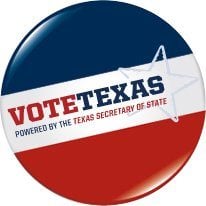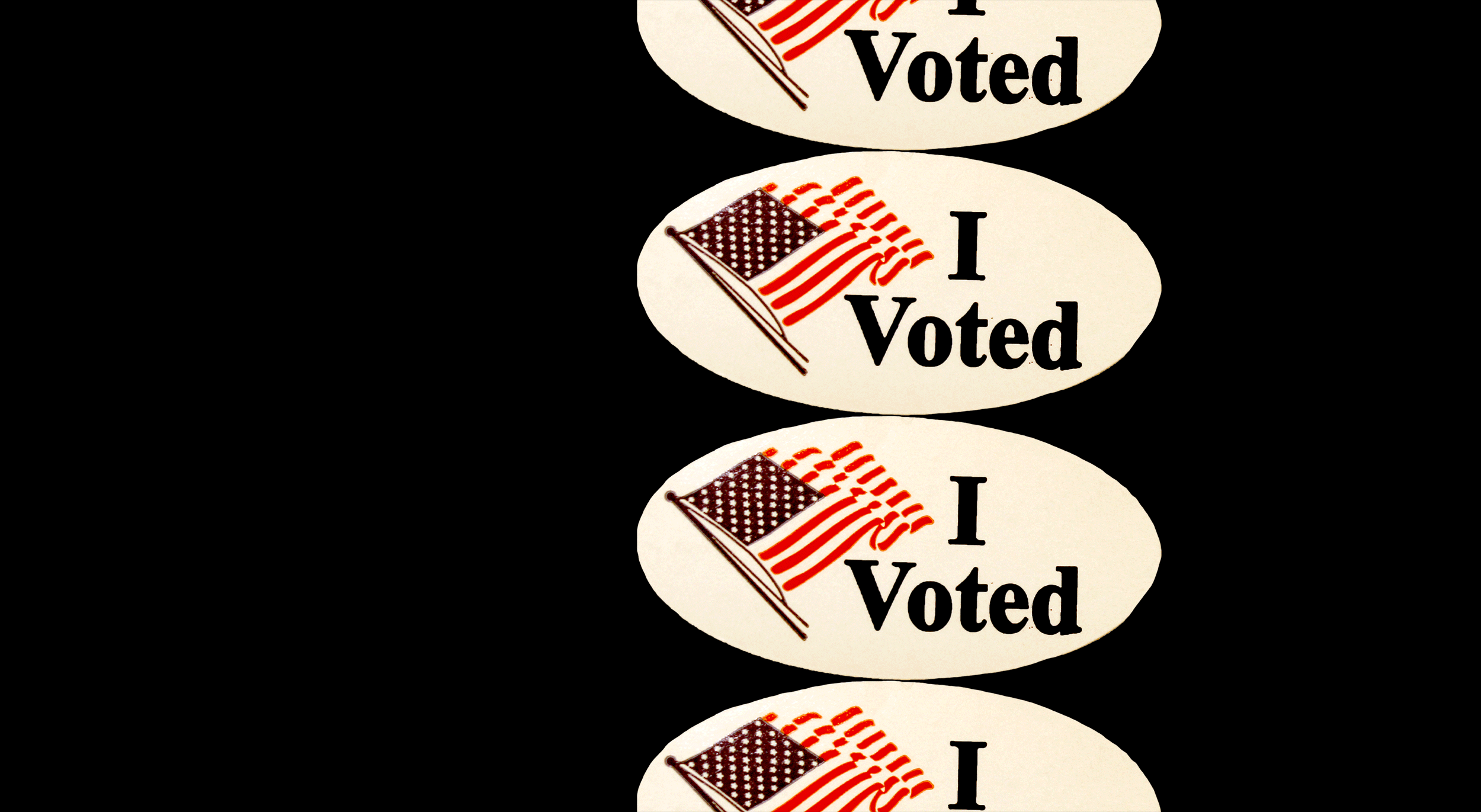
Texas, Are You Ready For Voter ID?

No sooner had the U.S. Supreme Court struck down a key section of the Voting Rights Act this summer than Texas Attorney General Greg Abbott announced that the state’s stringent new voter ID law, passed by the Texas Legislature in 2011, would “immediately” take effect. That’s despite a federal court’s earlier ruling that the voter ID law would place “strict, unforgiving burdens on the poor.” Of course, placing burdens on voting is the whole point.
With a general election set for Nov. 5, the time for theoretical debates is over. For the first time, voters will be required to present an approved form of photo identification to vote. The hoops are plenty. Get ready to jump.
Let’s assume you’re registered and ready to head to the polls. When presenting photo identification at the polling place, the key word is “acceptable.” What is considered acceptable ID by the state of Texas? Here’s the list from the Secretary of State’s website:
• Texas driver license
• Texas election identification certificate
• Texas personal identification card
• Texas concealed handgun license
• U.S. military ID card containing the
person’s photograph
• U.S. citizenship certificate containing the
person’s photograph
• U.S. passport
Any of the above forms of ID, with the exception of a citizenship certificate, can be up to 60 days expired. What if you don’t have one of these seven forms of ID? Then you want to direct your attention to item No. 2 on the list, the Texas election identification certificate, or EIC.
The EIC has been available free of charge since June 26, the day after the Supreme Court decision. You can get an EIC only at a Texas DPS office, which means some voters will have to travel as far as 200 miles round-trip to get one. DPS offices started opening Saturdays on Sept. 14, less than two months from Election Day, solely to process EIC applications, and will do so until Nov. 2. (Disregard the error we discovered on the DPS website that says Nov. 6. We were told it would be fixed.) Saturday hours are only at select offices in 13 of Texas’ 254 counties. At press time, only eight EICs have been distributed statewide, according to DPS. Yes, you read that right: This state of 26 million has processed only eight election identification certificates.
Not surprisingly, Travis County is worried that at least 25,000 people in the Austin area could have trouble voting on Election Day. All because of a made-up “voter fraud epidemic.”
The list of documentation needed for an EIC is less complicated than the tax code, but not by much. First, you must demonstrate U.S. citizenship with a passport or birth certificate or other approved document.
Next, you must prove your identity. There are three ways you can do that:
1. Present one item listed in the primary identification category—either a Texas driver license or personal identification card that is between 60 days and two years expired; or
2. Present two items listed in a second category, such as an original or certified copy of a birth certificate or U.S. citizenship or naturalization papers without identifiable photo; or
3. Present one item listed in the second category, plus two of 28 items listed in the supporting identification category listed on the DPS site.
If you can navigate all that, the EIC is free and valid for six years if you are under 70, and never expires if you are over 70. If you are a person with a disability, you can apply at your county voter registrar for a permanent exemption from the photo ID requirement.
At the polls, election workers will be looking to verify that the name on your ID is identical or “substantially similar” to the one on the voter sign-in sheet. Did you remember to inform your county voter registrar in writing that you legally changed your surname after your change in marital status? Is there a clerical error?
If you show up at the polls without one of the approved photo IDs, you can still vote using a provisional ballot. But for your vote to count, you must present your county voter registrar with proper photo ID within six days.
I’m sure with Texas voter turnout already among the lowest in America, these obstacles will have no bearing on elections to come.


